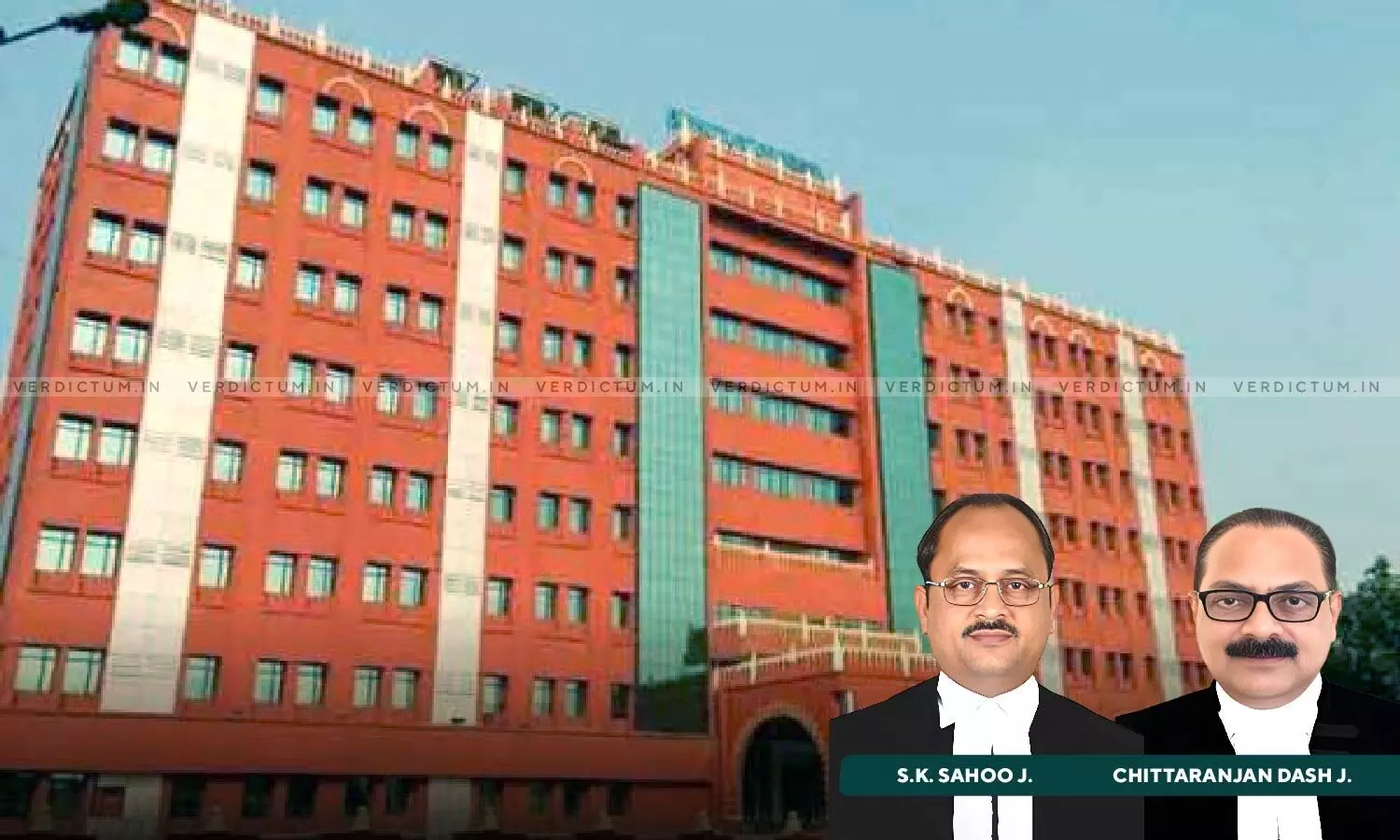
Highly Unlikely That Death Was Result Of Suicide: Orissa HC Upholds Conviction Of Former MLA Accused Of Killing His Pregnant Wife
 |
|The Orissa High Court upheld the conviction of former MLA (Member of Legislative Assembly) Ramamurty Gamango who was accused of killing his pregnant wife.
The accused MLA filed an appeal seeking setting aside of his conviction order passed by the Trial Court.
A Division Bench of Justice S.K. Sahoo and Justice Chittaranjan Dash said, “The presence of asphyxia in conjunction with D.W.1’s account of extended burning time points to a scenario where the deceased was not just a victim of fire but may have been deliberately placed in a situation that led to her suffering both from smoke inhalation and severe burns. P.W.9 was unequivocal in stating that the death was not accidental, further narrowing down the possible manner of death to either suicide or homicide. However, the surrounding circumstances make it highly unlikely that the death was the result of suicide.”
Advocate A.P. Bose appeared on behalf of the appellant/accused while Addl. Standing Counsel (ASC) P.B. Tripathy appeared on behalf of the respondent/State.
Facts of the Case -
As per the prosecution case, the appellant/accused used to reside with his wife in a colony since 1990. One morning in 1995, her wife rose from bed late causing him to express his displeasure. It was alleged that while he was reading the newspaper in the bedroom, he heard his wife scream. He rushed to the bathroom with the kitchen boy and others and they found the bathroom door locked from inside. Smoke was coming out of the room and hence, water was poured through the window. The door was opened forcibly and it was found that the accused’s wife committed suicide by burning herself. Resultantly, the case was registered and thereafter, the enquiry revealed the mark of injury on the dead body and there was sufficient material that the death was one of murder and disappearance of evidence.
The deceased was pregnant, and rumours of the accused suspecting her fidelity surfaced during enquiries. Based on forensic reports, circumstantial evidence, and the absence of defensive injuries or signs of a struggle, it was concluded that the death was homicidal, leading to the chargesheet under Sections 302 and 201 of Indian Penal Code (IPC). Thereafter, the Trial Court held the accused guilty and convicted him. He was sentenced to undergo imprisonment for life along with a fine of Rs. 50,000/-. Challenging his conviction, the accused was before the High Court.
The High Court in the above regard, observed, “Finally, the testimony of P.W.9 further corroborates the theory of homicide by highlighting the pregnancy of the deceased. The deceased was approximately 14-16 weeks pregnant at the time of her death significantly weakens the possibility of suicide. The maternal instinct to protect an unborn child is a powerful force, and it is highly unlikely that a woman in her second trimester, who was carrying a fetus would deliberately seek to harm herself or her unborn baby without a compelling cause.”
The Court added that the absence of any evidence suggesting emotional distress, a suicidal mindset, or any circumstantial triggers that could lead a pregnant woman to take such a drastic step further diminishes the likelihood of suicide.
“The pregnancy becomes a critical factor in the analysis, suggesting that the deceased was the victim of homicidal violence, with her pregnancy possibly playing a role in escalating tensions within her marriage, rather than someone who would willingly end her own life and that of her unborn child. The medical officer’s findings, along with circumstantial evidence suggesting a strained relationship between the Appellant and his wife, may suggest a motive for the crime”, it noted.
The Court further said that, despite the fact that the Forensic Science Laboratory was situated only a few kilometres from the Trial Court, the case experienced repeated adjournments due to the unavailability of the original Chemical Examination Report, without a diligent effort to secure its prompt production.
“Moreover, the delay in examining witnesses spanning nearly four years from the first witness being examined on 24.06.2014 to the last on 12.02.2018 exemplifies an unacceptably depressed pace that fails to meet the standards expected of a fair and expeditious trial”, it observed.
The Court remarked that the appellant may have contributed to certain delays, the Trial Court’s passive role in permitting such prolonged adjournments cannot be overlooked and this regrettable delay undermines the justice system’s ability to uphold procedural mandates.
“The prosecution has established, beyond a reasonable doubt, that the Appellant intentionally caused the death of his wife, fulfilling the requirements of Section 302 IPC for murder. The forensic findings, including antemortem injury on the deceased, soot in the trachea indicating inhalation during the fire, and the Appellant’s implausible claims of suicide, all negate any hypothesis other than intentional homicide”, it concluded.
Accordingly, the High Court dismissed the appeal and upheld the conviction of the accused.
Cause Title- Ramamurty Gamango v. State of Odisha